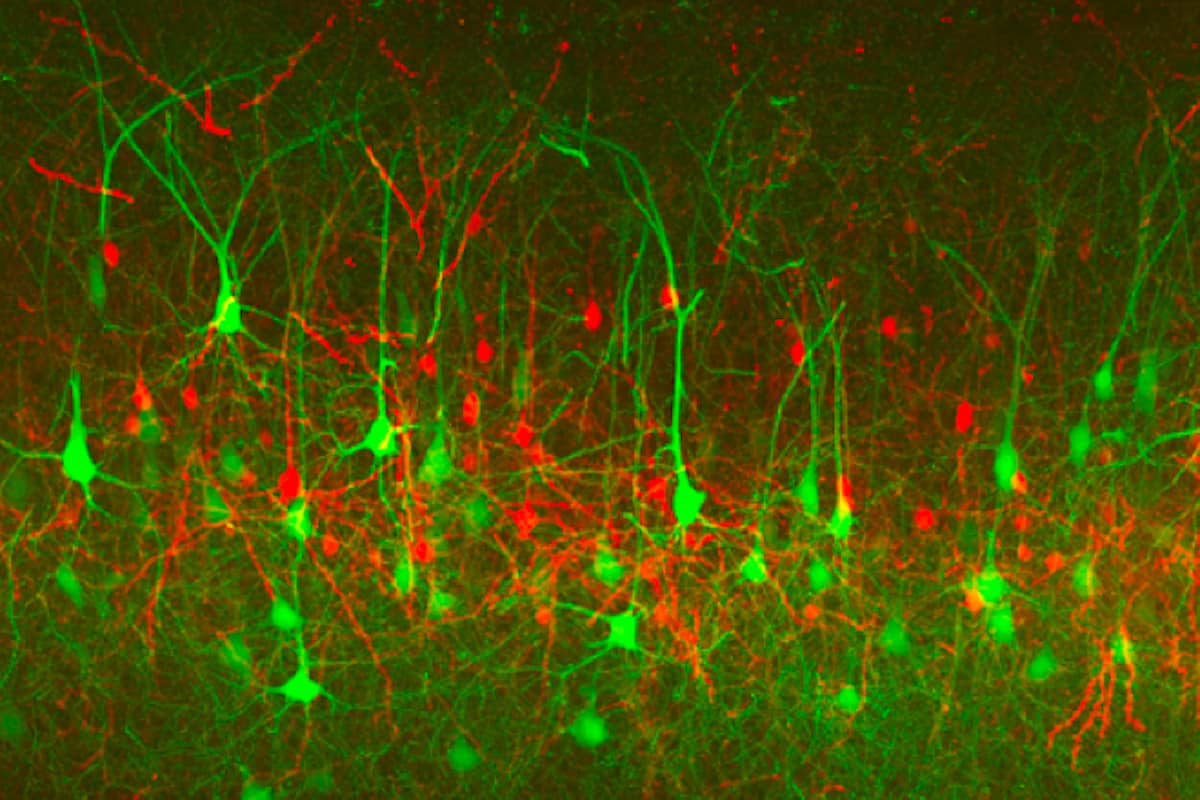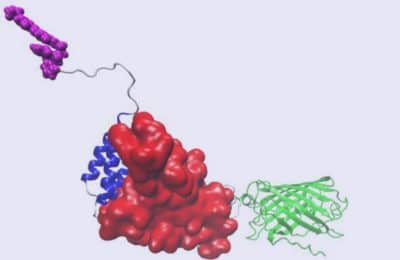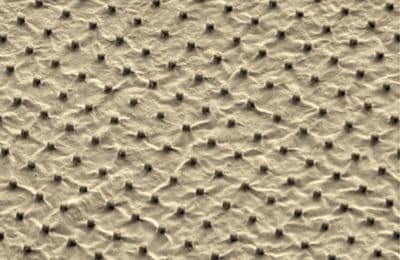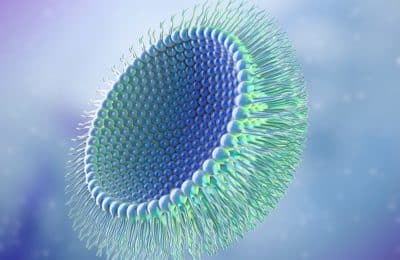Several neurodevelopmental diseases are characterized by genetic mosaicsm: in this condition, cells belonging to the same organ expresses two different genes because of mutations during embryonic development. This condition is also present in the early phases of tumor development where a subset of cells expresses oncogenes and are intermingled with cells expressing a normal genome. The study of the physio pathological processes occurring in a genetic mosaic are very difficult because of the absence of a specific technique for the generation and revelation of a genetic mosaic. In a study published on Nature Communications, Gian Michele Ratto and collab. describe the generation and characterization of Beatrix: a fluorescent sensor/effector specifically designed for the generation of genetic mosaics that can be revealed in vivo by the expression of a bi-colour fluorescent tag that univocally identifies the cell genome.
Modelling genetic mosaicism of neurodevelopmental disorders in vivo by a Cre-amplifying fluorescent reporter, F. Trovato, R. Parra, E. Pracucci, S. Landi, O. Cozzolino, G. Nardi, F. Cruciani, V. Pillai, L. Mosti, A. W. Cwetsch, L. Cancedda, L. Gritti, C. Sala, C. Verpelli, A. Maset, C. Lodovichi, G. M. Ratto, Nat Commun 11, 6194 (2020), https://doi.org/10.1038/s41467-020-19864-w[/vc_column_text][/vc_column][/vc_row]



